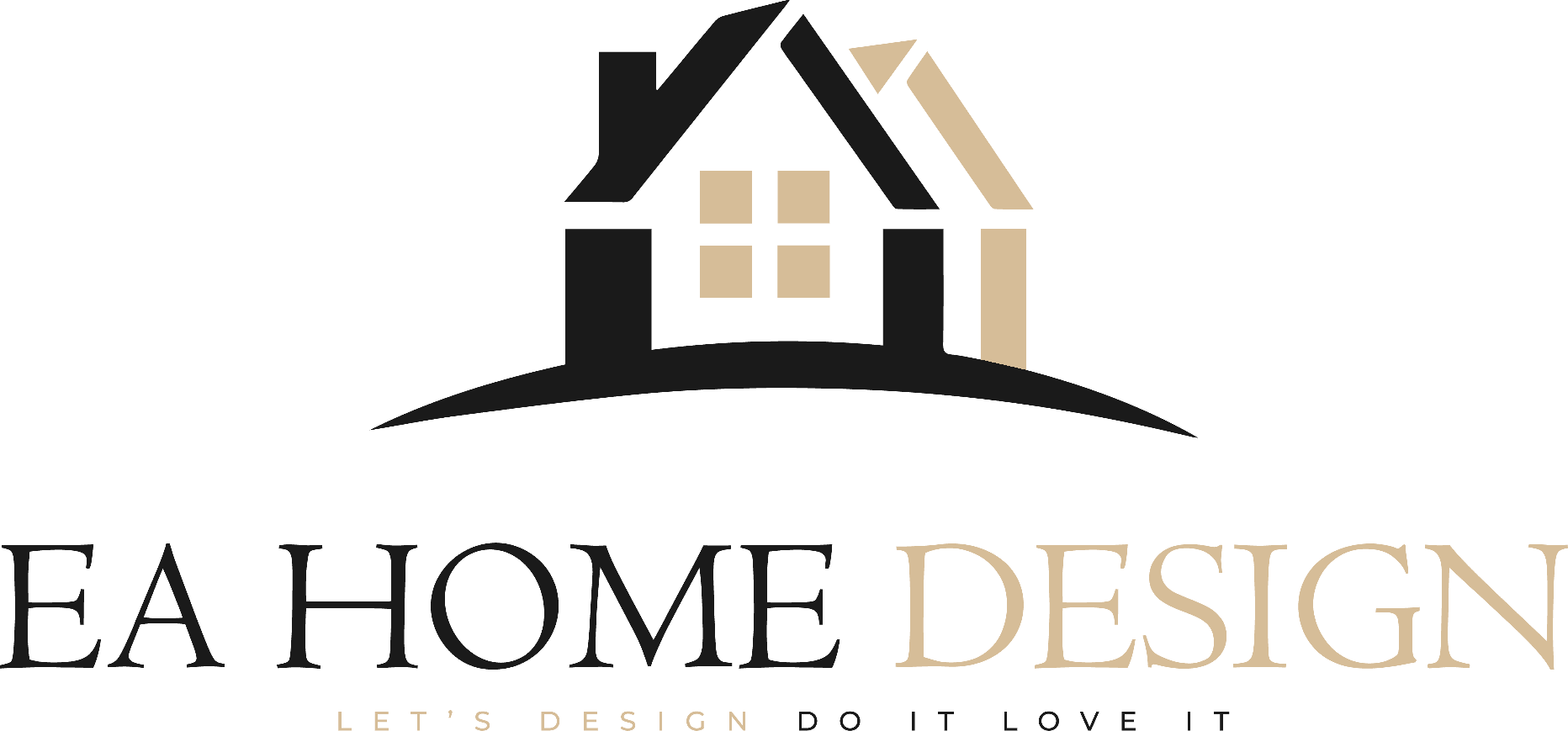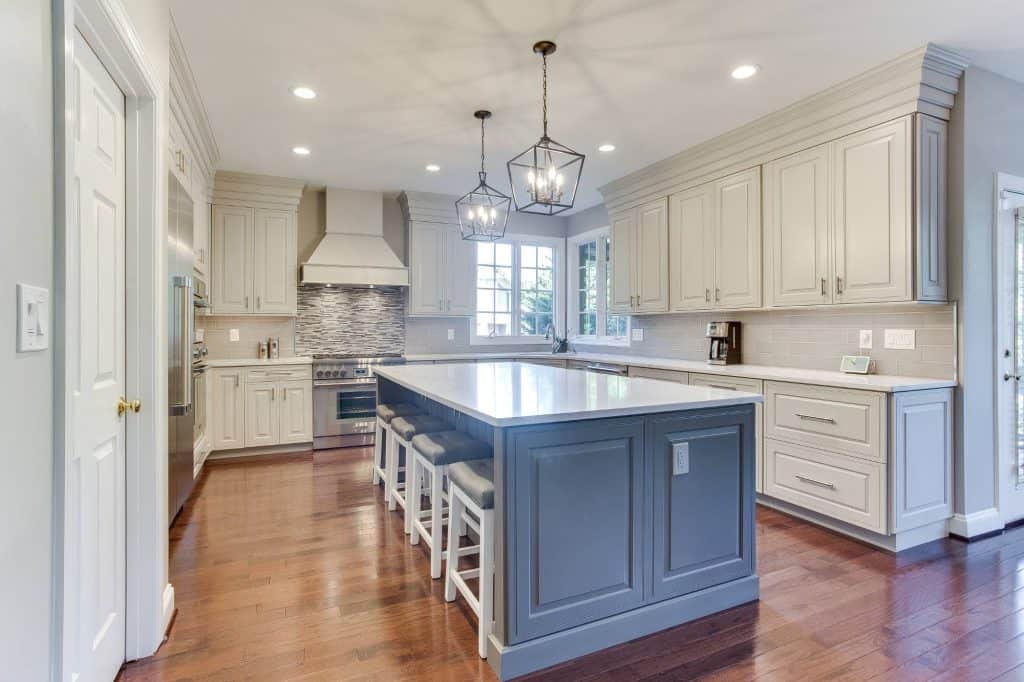The Psychology Behind Room Colors: What Your Choices Say
Introduction
Color is a powerful tool in interior design, not just for its aesthetic appeal, but for the psychological impact it can have on a space and its inhabitants. The colors we choose for our rooms can significantly influence our moods, emotions, and even behaviors. In this blog post, “The Psychology Behind Room Colors: What Your Choices Say,” we delve into the meanings behind different room colors and how they reflect our personalities and affect our daily lives.
1. Blue: A Hue of Calmness and Serenity
- Emotional Impact: Blue, often associated with the sky and ocean, evokes feelings of calmness and serenity. It’s known for its ability to reduce stress and create a sense of tranquility.
- Best Uses: Ideal for bedrooms and bathrooms, blue can promote relaxation and rejuvenation.
2. Red: The Color of Energy and Passion
- Stimulating Effects: Red is a powerful color that symbolizes energy, passion, and excitement. It can raise a room’s energy level and stimulate conversation and appetite.
- Considered Use: Perfect for dining rooms and living areas, but use sparingly as too much red can be overwhelming.
3. Green: Tranquility and Health
- Balancing Tone: Green combines the refreshing quality of blue and the cheerfulness of yellow, making it balanced and tranquil. It’s often associated with nature, growth, and health.
- Versatility: Works well in almost any room, especially where you want to create a peaceful and restorative atmosphere.
4. Yellow: Cheerfulness and Energy
- Uplifting and Inviting: Yellow captures the joy of sunshine and communicates happiness. It’s energizing and uplifting and can brighten any room.
- Best in Moderate Amounts: Ideal for kitchens, dining rooms, and bathrooms, but in softer tones, as bright yellow can create feelings of frustration and anger over time.
5. Neutral Tones: Flexibility and Sophistication
- Subtle Elegance: Neutral colors like white, beige, and gray offer a sense of flexibility and sophistication. They create a calm and elegant backdrop for any room.
- Foundation for Other Colors: Neutrals are great for any room and provide a foundation to incorporate other color accents.
6. Purple: Luxury and Creativity
- Deep and Dramatic: Purple in its darkest values (like eggplant) can be rich, dramatic, and sophisticated. It’s associated with luxury and creativity.
- Lighter Versions: Lighter shades like lavender and lilac bring the same restful quality as blue but without the risk of feeling chilly.
7. Orange: Energy and Enthusiasm
- Excitement and Enthusiasm: Orange, being a vibrant and energetic color, can bring excitement to a space. It’s an invigorating color that can promote energetic activities.
- Usage: Best used in exercise rooms or as an accent color due to its intense nature.
8. Pink: Warmth and Positivity
- Soft and Soothing: Pink, especially softer shades, can be soothing and warm. It’s often associated with positivity and can add a playful element to a room.
- Children’s Rooms and Accents: Popular in children’s rooms and can be used as an accent color in common areas.
9. Conclusion
The colors you choose for your home are a reflection of your personality and can significantly affect your mood and behavior. Understanding the psychology behind color choices can help you create spaces that not only look beautiful but also contribute positively to your emotional well-being.








